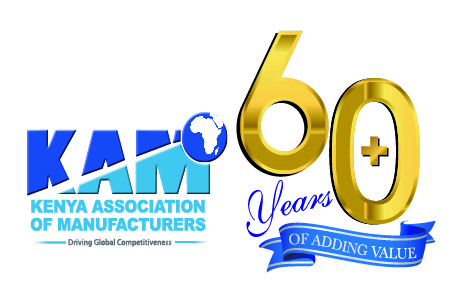Why Regional Integration is Critical
By Tobias Alando
The story of Africa’s trade with itself is grim. According to COMTRADE 2016, intra-European trade stands at an estimated 60 per cent, intra- Asian trade at just over 40 per cent while intra-Africa trade stands at a low of about 20%.
Historically, the freedom of movement of goods and people has always been a natural attribute of growing societies. Presently, this movement is paramount to building Africa’s regional economic integration, facilitating trade and fostering economic growth.
When we look at Intra-European trade comparatively, the establishment of the European Union’s (EU) single market in 1993 revitalized the EU economy significantly. Businesses especially those in the manufacturing sector enjoyed the fruits of economies of scale because they were able to operate across borders. With access to a greater diversity of products and markets the competitiveness of the region rose remarkably.
This vibrant single market was made possible through the elimination of barriers (tariff and non-tariff) such that citizens and industries could benefit from direct access to 28 countries and over 500 million people. This resulted to higher GDP, increased employment opportunities, increased trade, and better investments into the EU economy.
Our regional integration has constantly been hampered by among others political instability, poor infrastructure, inadequate power supply, inadequate market intelligence, high cost of doing business and corruption. In turn trading with each other has become a costly affair.
A report by the African Development Bank states that only 75% of countries in the Top 20 most visa-open countries are in West Africa or East Africa, adding that out of these only one is in North Africa and none in Central Africa.
We have employed various strategies to remedy this; for example the African Union (AU) has promoted African integration through initiatives such as the 1980 Lagos Plan of Action, 1991 Abuja Treaty – African Economic Community (AEC) and New Partnership for Africa’s Development (NEPAD), and more recently the Africa Continental Free Trade Area (AfCFTA) which is seen to provide feasible solutions to the regional trade and integration predicament. This agreement commits governments to remove tariffs on 90 per cent of goods produced within the continent.
The AfCFTA presents us with an opportunity to focus on value addition especially since the main reason our trade with the world is imbalanced is because we mainly export raw material. The agreement seeks to create the world’s largest single market of 1.2 billion people, and is likely to result in a continental GDP contribution of about $3.4 trillion (Sh340 trillion).
Africa’s regional integration will not only create an economically powerful block, but will enhance competition, promote diversification of production, access to markets and benefit from an exchange in social cultural engagements.
President Kenyatta, who was among the first African Leaders to sign the agreement, noted that intra-Africa trade will increase efficiency and competitiveness of Africa’s industrial products, through harnessing economies of scale, of this large continental market with an estimated one billion people.
Reduction of tariffs and non-tariff barriers within the AfCFTA will transform our trade and increase the volume of exports. This will mean better bargaining power and a boost in commercial activities for many countries guaranteeing productive job creation.
This is what we have to do to achieve our desired economic goals by 2030. Opening up our borders to each other as a continent promises to modernize our industries and infrastructure, increase access to resources and encourage investments for sustainable economic growth.
We need to be keen not only to make Africa the largest trading bloc in the world, but to bolster our strength and presence as a force in the global market.
The writer is the Ag. CEO and Head of Membership at Kenya Association of Manufacturers and can be reached on info@kam.co.ke.
Looking for elevation? KAM lifts you up.
- Direct technical assistance
- Capacity building programmes
- Networking and mentorship
- Industry insights & analysis
- Trade & export development services
